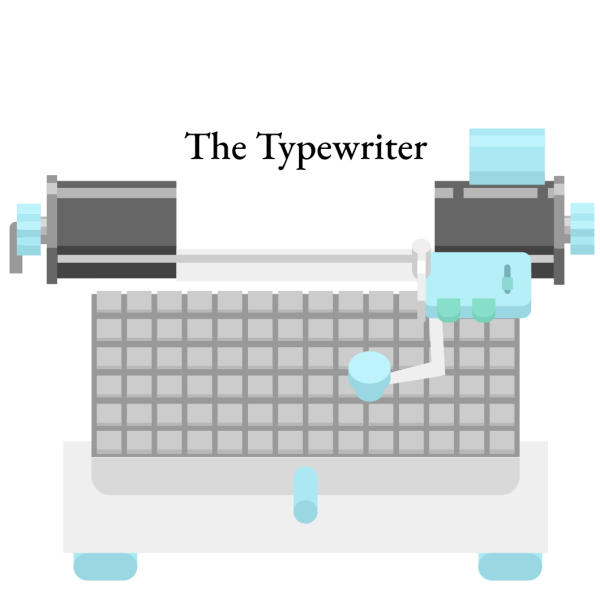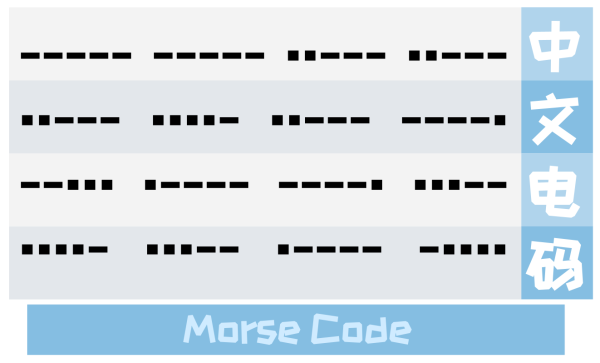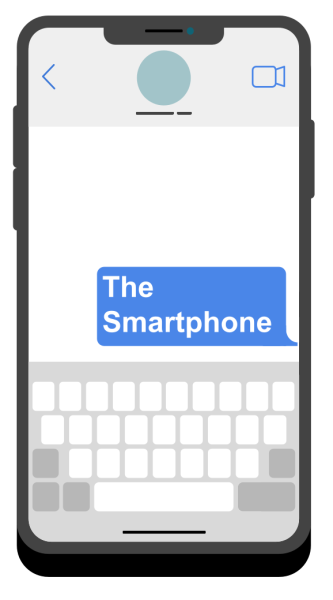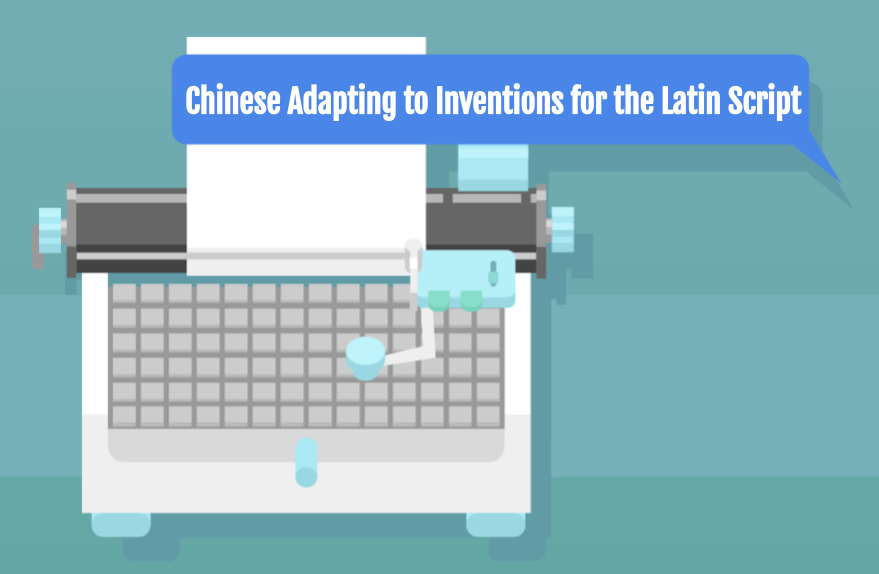Who invented the Chinese script, and what’s its story? More importantly, what struggles does the script have to hurdle today?
Mythological Origin
The website Mythologysource claims Gangjie is the creator of Chinese. He’d been ordered to find a more efficient way to record the cases of the Yellow Emperor’s court, a gathering place of emperors and ministers to understand the will of the heavens and regulate business. in a moment of intense thought, he was interrupted by a phoenix flying above. It dropped something in front of him that had imprinted a hoof shape. When he asked a hunter what the footprint belonged to, he was told it must have been a Pixiu, as the print was unique to the bird. Cangije had an idea; just like how the bird’s print was unique to itself, he made a special print for all the world’s ideas. From horses to the moon, each had their character.
Evolution of the Script
The Chinese script has had more difficulty evolving with the times — as it was nothing like the scripts of the dominating Western languages.

As said by Britannica, a premier source for history and language, the background of the typewriter saw challenges in development. Mainly, the keys resembled those of piano keys. However, in 1867, Christopher Latham Sholes made the first practical model, which he continued to adapt to make it even faster. It was a feat having a typewriter faster than writing, and after many improvements, the typewriter became what it is today.
Now, the Chinese script needed a typewriter, but unlike most other scripts, the Chinese had thousands of characters. Also, since there was no real order for the Chinese characters back then, the owner had to memorize the location of every key. All of this was heavy and very inefficient. The enormous script barrier was too much to overcome even for the professionals trained and paid to work with this machine.
As said by the LA Times, “The operator must essentially memorize the location of each character — about 2,500 on a typical machine.”

As the site Military says, Morse code is “the language of the telegraph,” that’s why it’s also called telegraph code. It was made in 1832 to connect different lands across the sea. This was the fastest they’ve had and soon became the standard for communication.
The Chinese telegraph code was made in response to the popularity of the Morse telegraph code. YouTube channel Coding Tech explains that the original conception of Morse code only had Latin languages in mind. It had 26 letters, each made of long and short notes, and as the method spread across the world, all other language systems had to adapt to this new invention. Chinese, being logographic, would have the hardest time with this adaptation.
In 1871, Hong Kong and Shanghai connected to the international telegraph network. Now, they had the task of making thousands of characters from the Chinese script into short and long notes that would translate into traditional Morse code. To do this, they made a handbook. The book only had the most common characters, but still around 5,400. The book had many pages, and each page had a grid. In each grid was a character with their corresponding four-number code. The four-number code was then put in the standard code. For example, the four-digit code for “ 中 ” was 0022, which would be translated to, “– – – – – / – – – – – / . . – – – / . . – – – ”, into standard Morse code.
Modern Era

Now, even in the modern era, with all the technology you could want, problems still arise, with one of the main problems being how to communicate with the Chinese script on smartphones.
Geolanguages explains that pinyin is a “type [of] transliteration of a word on a standard QWERTY keyboard [Latin letter keyboard] in Roman characters” and is a solution to technological gaps as it is the translation of Chinese to Latin script. For example, 呀 , 亚 , 压 , and many others are all pronounced ‘ya’. So, how do you type one in specific? The fix comes with the idea of a keyboard where just typing in “ya” will show all characters with the same pronunciation on the top bar for you to choose from. The keyboard can come in different forms, but the idea will stay the same.
There is also the handwriting keyboard, which functions just how it sounds it would. According to Apple, it works by simply writing the character on your trackpad or in the keyboard area of your phone. It shows the characters that closest resemble what you’ve written above.
Similarly, they have a stroke keyboard. Essentially, every Chinese character is made of strokes, and all strokes must be entered in standard order according to each character. The drawback might be that you need a good understanding of the writing, which would not be good for beginners.
Since the dawn of this language, it’s had many changes and evolution. Maybe someday we will create something even more advanced, and these technical difficulties will never exist.








